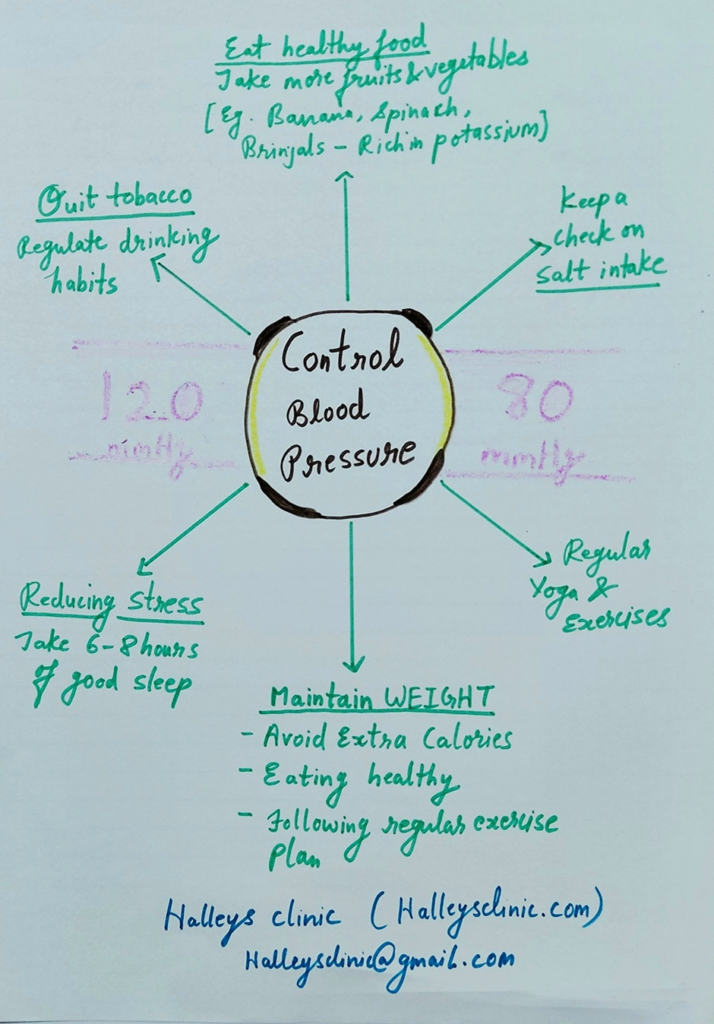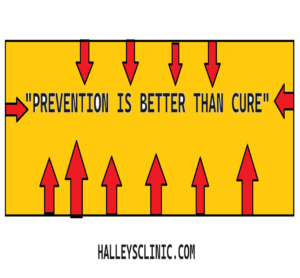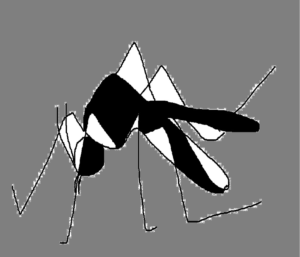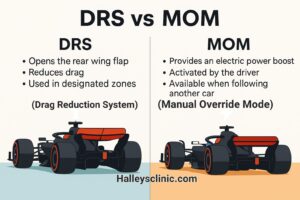HIGH BLOOD PRESSURE- A SILENT KILLER

- BY DR. AK RANA
Blood pressure is the pressure in the blood vessels through which blood flows throughout the body.
Systolic BP – Pressure in blood vessels when heart contracts.
Diastolic BP – Pressure in blood vessels when heart rests in between the beats.
High blood pressure is called hypertension.
GRADES OF HYPERTENSION
SBP – systolic blood pressure
DBP – diastolic blood pressure
OPTIMAL
SBP – less than 120 mmHg
DBP – less than 80 mmHg
NORMAL
SBP – 120 to 129 mmHg
DBP – 80 to 84 mmHg
HIGH NORMAL
SBP – 130 to 139 mmHg
DBP – 85 to 89 mmHg
GRADE 1 HYPERTENSION
SBP – 140 to 159 mmHg
DBP – 90 to 99 mmHg
GRADE 2 HYPERTENSION
SBP – 160 to 179 mmHg
DBP – 100 to 109 mmHg
BP has to be checked twice on different days or to make a record for coming to a conclusion.
Its very normal for blood pressure to fluctuate, at different times of day, while we sit, walk, run or sleep, or when we strain ourselves or spend sleepless nights due to overdue work.
According to WHO, 46% of adults with hypertension are unaware that they have the condition.
If left untreated high BP can increase the risk of heart attack, stroke.
You can have high BP for years without any symptoms, that’s why it is called a silent killer.
Some people on the other hand experiences headaches, shortness of breath, blurred vision.
Hypertension (HTN) can be of two types –
- Primary HTN/ Essential hypertension
With the age BP increases and is because of various reasons, including Atherosclerosis (plaque buildup in arteries).
It is the most common hypertension that we see around.
2. Secondary HTN
It occurs secondary to something like adrenal tumors, congenital heart defects, some pain relievers, oral contraceptive pills (OCPs).
RISK FACTORS FOR HIGH BLOOD PRESSURE
- Age – BP increases with age
- Family history – If parents or siblings have HTN, you need to be extra careful, as it is a strong risk factor.
- Obesity
- Lack of exercise
- Tobacco – in any form be it chewing or smoking, it is injurious to blood vessel walls.
- Increased salt intake – sodium causes retention of fluid.
- Low potassium – due to low intake in diet or due to dehydration.
Potassium balances the amount of salt in cells.
- Excess alcohol intake
- Stress, especially the one that is continuous for days together.
- Pregnancy (PIH – pregnancy induced hypertension)
COMPLICATIONS
- Heart attack or stroke
- Rupture of aneurysm
High BP causes weakening of blood vessels, making a bulge which if rupture, can be life threatening.
- Left ventricular hypertrophy
Increased force is required by heart to pump blood.
It can further lead to heart failure.
- Damages kidney
- Continuously raised BP can leads to thickening, tortuous blood vessels in eyes – can cause loss of vision.
TREATMENT
- Diuretics to remove extra water from body includes Hydrochlorothiazide, Chlorthalidone
- ACE inhibitors to relax blood vessels includes Enalapril, Lisinopril.
- Angiotensin – 2 receptor blockers (ARBs) include Losartan, Telmisartan
- CCBs (calcium channel blockers like Amlodipine)
To improve cardiovascular health in countries across the world, WHO and US CDC launched HEARTS technical package –
- H – Healthy- lifestyle counselling
- E – Evidence-based treatment protocols
- A – Access to essential medicines and technology
- R – Risk- based management
- T – Team- based care
- S- Systems for monitoring

PREVENTION OF HIGH BLOOD PRESSURE
- Lifestyle changes like eating a healthier diet.
Avoiding excessive salt consumption, food rich in saturated and trans fats for example, eating burgers, pizzas on daily basis, and overloading it with ‘extra cheese’.
Inculcate habit of eating more fruits and vegetables.
Eat banana, brinjals, and spinach which are good sources of potassium.
- Doing regularly yoga and exercises.
- Quit tobacco and regulate drinking habits.
- Engage in physical activities like walking, running, swimming or build strengths like lifting weights.
As per WHO guidelines-
Get at least 150 minutes per week of moderate-intensity aerobic activity.
Strength building exercises 2 or more days each week.
Losing weight in case of being overweight or obese.
- Vajrasana (Diamond pose)
You can sit in this pose for 5- 10 minutes after food or on empty stomach or at any time in day while watching TV etc.
It is good for digestion, improves sleep and most importantly controls blood pressure.
Being very easy to do and not requiring any extra time, you should try to include it in your daily routine.
- Reduce weight, by following healthy diet, avoiding extra calories and doing regular yoga and exercises.
- Avoid stress
Do meditation
Take 6-8 hours good sleep.
Complete work with planning and schedule.
Take breakfast on time.
In case you are diagnosed with high BP-
Take medications on time, don’t say you are not having symptoms or you are just fine.
Never miss your medication.
As BP affects our internal organs slowly and silently and can damage them.
In case of very high BP (usually 180/120 or higher can experience symptoms like headache, nausea, anxiety, confusion, buzzing in the ear, blurred vision.
This is an emergency situation, and you need to consult your doctor as soon as possible.
To check your blood pressure regularly is the best way to know if you have high BP or to keep a check on your increasing BP.
It is also important for giving a warning to modify lifestyle and check or improve your blood pressure record.
A rough sketch to tell you what vajrasana looks like….

SHARE YOUR REVIEWS AND STORIES OR ASK QUESTONS IN THE COMMENT SECTION, OR
CONTACT OUR TEAM OF HALLEYS CLINIC halleysclinic@gmail.com
also see WHAT ARE TICK BORNE DISEASES?
also see DO I HAVE HYPOTHYROIDISM?









1 thought on “HIGH BLOOD PRESSURE- A SILENT KILLER”